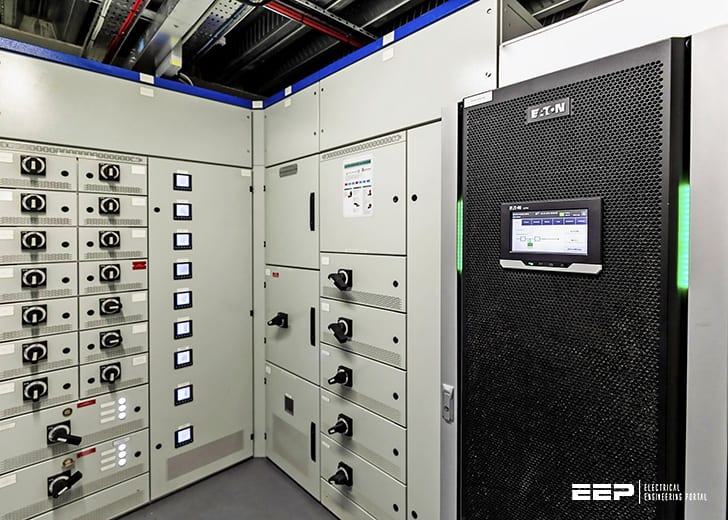Switchgear power systems and substations are essential components of the electrical grid network. These systems and substations serve as distribution hubs for the local electricity that powers homes and businesses. In this blog post, we will explore what switchgear power systems and substations are, how they work, and why they are so vital to maintaining a reliable and efficient power system.

What is Switchgear Power Systems?
Switchgear power systems are critical components for controlling, protecting, and isolating electrical networks. These systems consist of multiple electrical disconnects, fuses, and circuit breakers. They are used to manage and distribute electrical energy from transmission systems to substations and later to the end-users.
Switchgear power systems play an essential role in managing power outage risks, reducing power loss, and protecting valuable electrical infrastructure from damage. Manufacturers produce switchgear systems of various sizes and strengths, ranging from small residential switchboards to massive industrial-grade switch gear systems.
A switchgear system's size and capacity depend on the power system's voltage and the substation's current capacity. Generally, the higher the voltage and the greater the current flow, the more robust the switchgear system required.
What are Power Substations?
Power stations are electrical facilities that transform high-voltage power from generators or transmission systems into lower voltage power that can be used by homes and businesses. Substations are the local energy distribution points for specific residential and commercial zones.
Power substations distribute power to the delivery transformers that are found along power poles and into buildings. The delivery transformers convert the energy to the voltage levels required by homes and businesses.
The primary function of a substation is to reduce the transmitted electrical voltage to the level required by the end-user. Along with voltage reduction, substations have important functions, such as monitoring and controlling the power flow, protecting people and equipment against electrical failures, and connecting multiple power grids.
Why are Switchgear Power Systems and Substations Essential?
The switchgear power system and substations are critical components of the electrical footprint, without which power continuity would become challenging. Every power system works on a basic principle of generating, transmitting and distributing electrical energy. The switchgear power systems and substations are crucial components in the distribution stage.
The modern world is entirely dependent on energy, and as such, the grid's reliability is essential. The switchgear power systems and substations play a key role in providing a reserve power energy supply, which can be activated when required to avoid electrical downtime.
Switchgear power systems and substations are an essential part of the electrical grid infrastructure, which requires continuous monitoring and maintenance to ensure its reliability. As electrical power usage and demand continue to rise, more substations and switchgear systems need to be deployed to meet the increasing power requirements.
Conclusion
Switchgear power systems and substations are the backbone of modern electric power systems. They play an important role in maintaining a safe, secure, reliable and efficient power system. There is a growing demand for switchgear power systems and substations in energy distribution, and as such, they will continue to be instrumental in ensuring a reliable and efficient electric power supply, now and in the future.